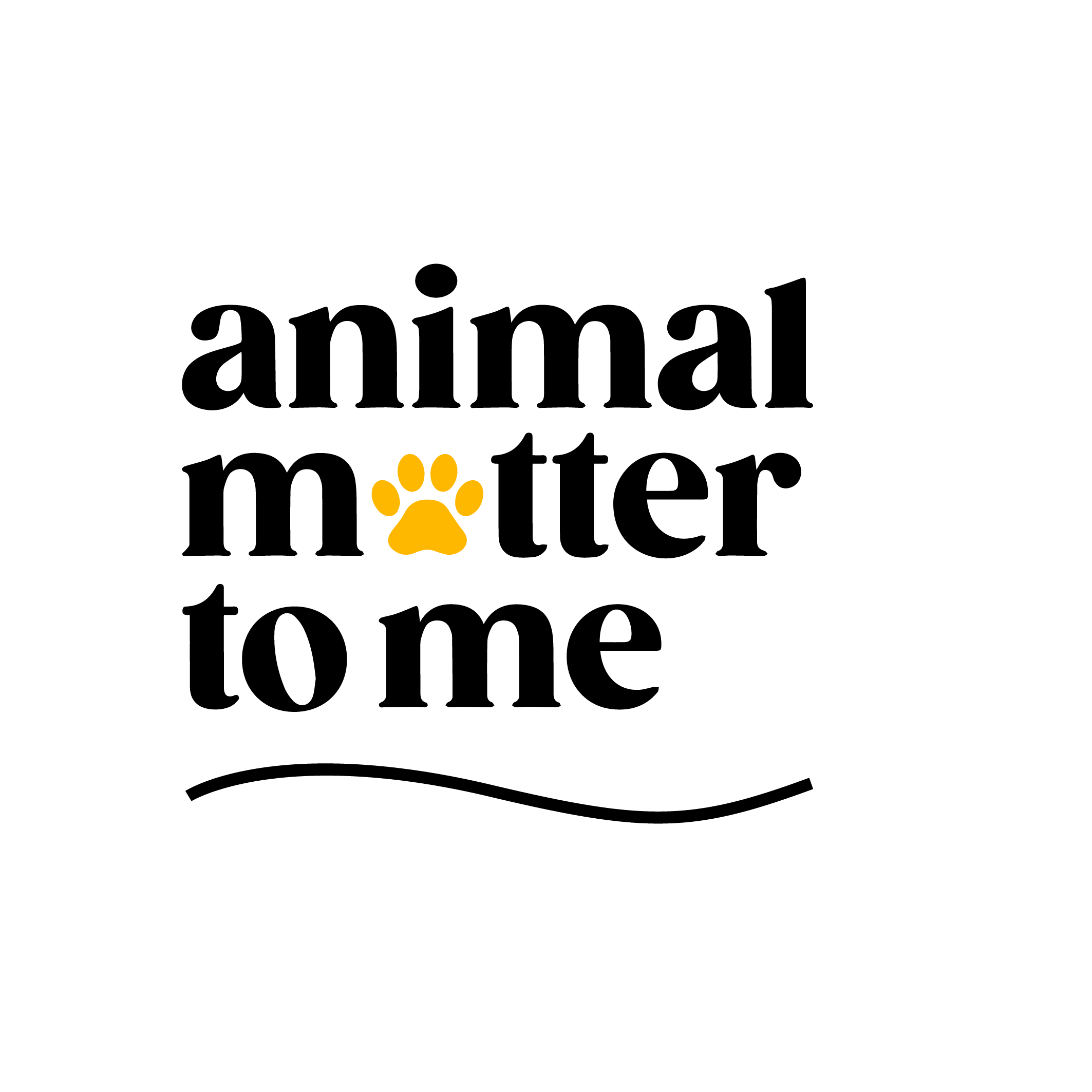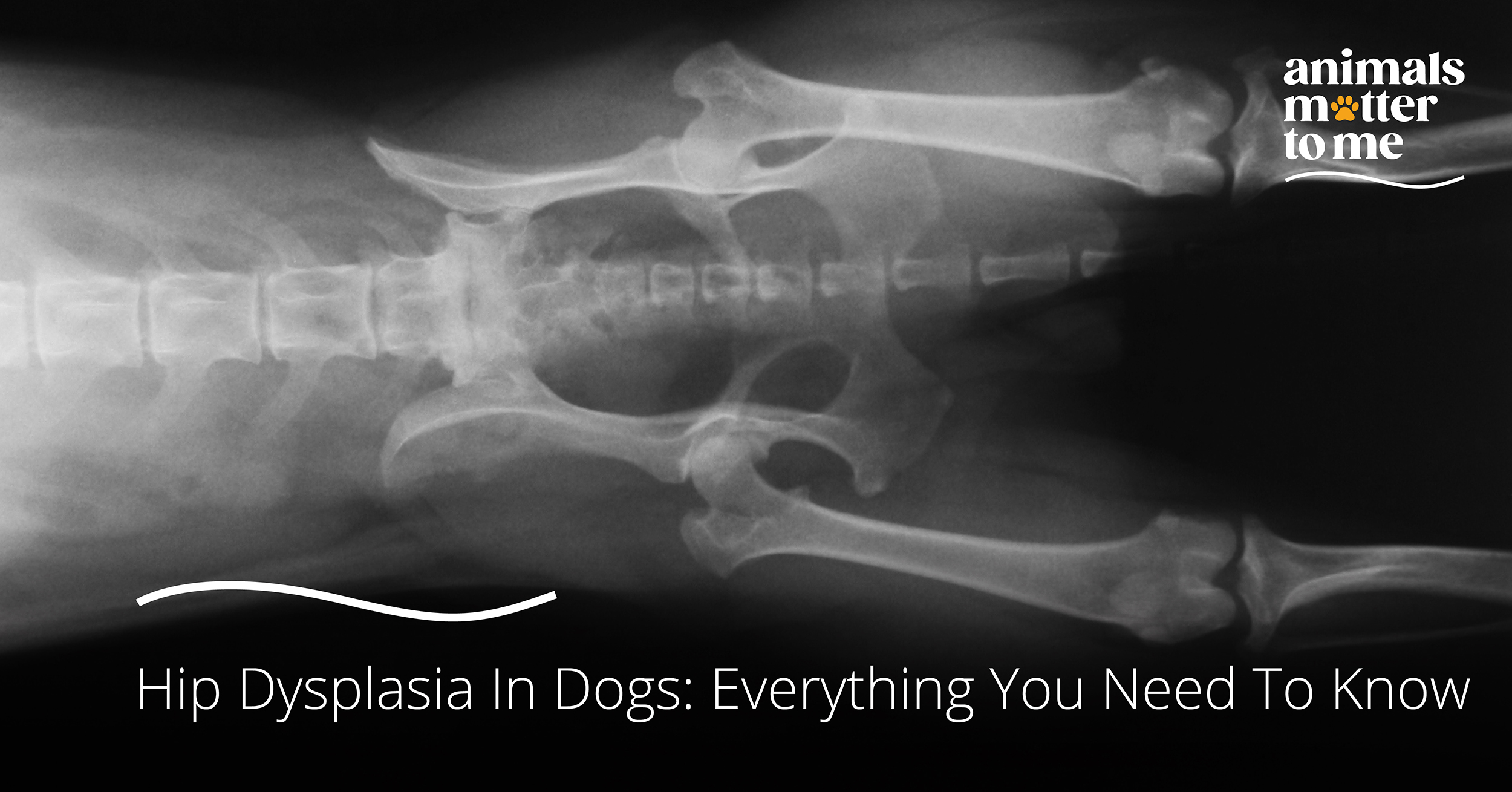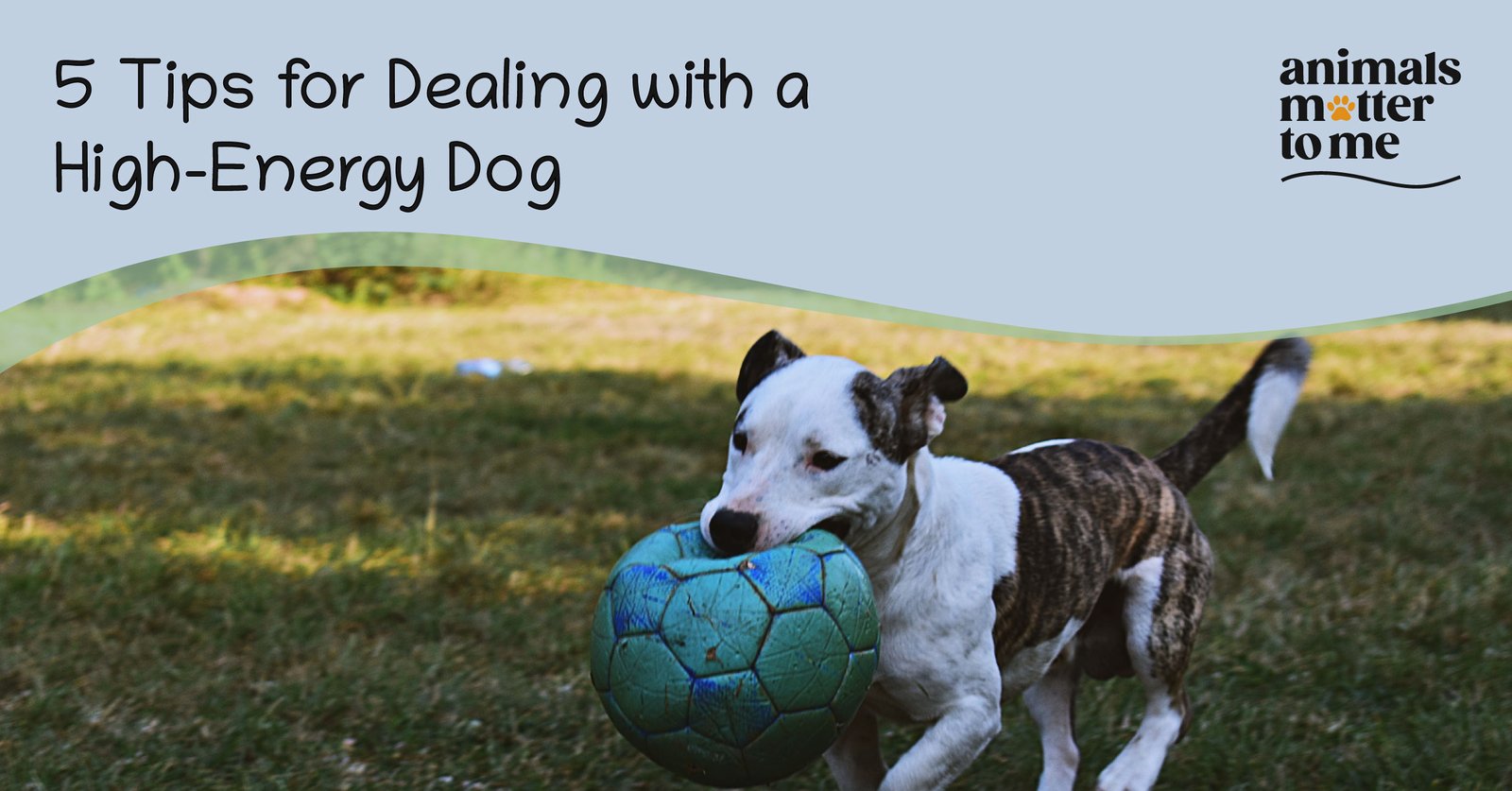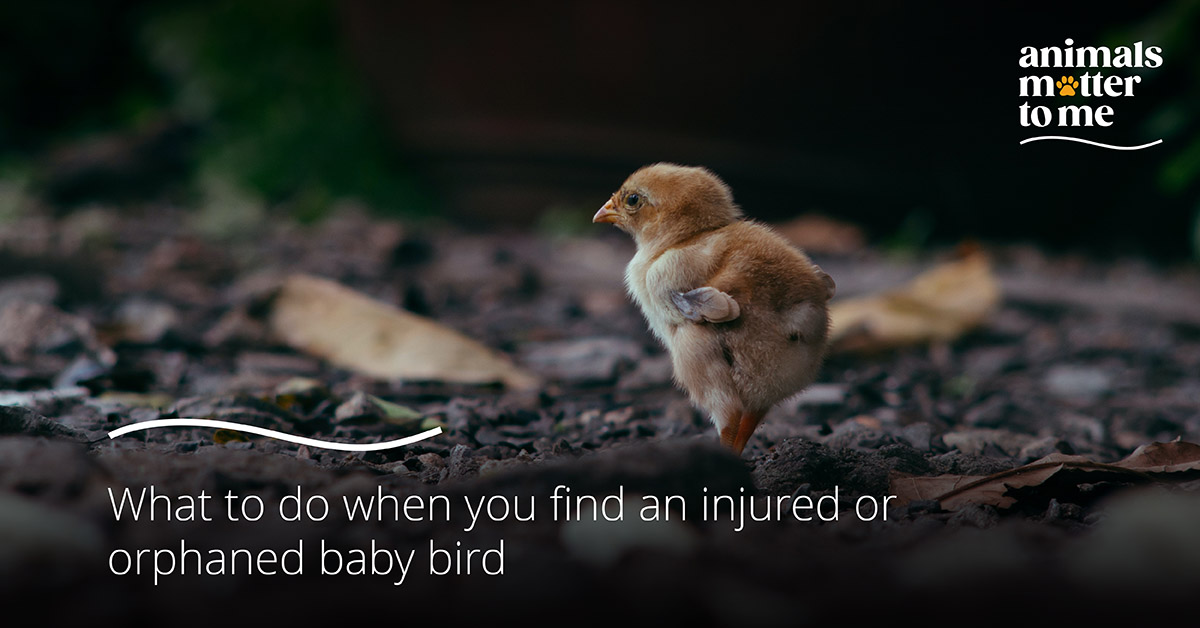What is Hip Dysplasia?
Canine hip dysplasia is a deformity that occurs during a puppy’s growth. It is caused by abnormal development and disproportional growth in a dog’s hip joint. Although all dogs are at risk, this condition is extremely common in larger dogs and can even occur in cats.
Hip dysplasia leads to issues like loose joints and degenerative joint disease or osteoarthritis.
Symptoms of Hip Dysplasia
The most common clinical symptom is weakness and pain in the hind legs. Dogs with this condition can often lose balance and be reluctant to stand or jump. Sometimes, based on the severity of the disease, they could also experience a delay while standing up when sitting or lying down due to extreme pain.
Here are some of the most common clinical signs of hip dysplasia in dogs:
- Chronic or occasional lameness
- Limping without any history of trauma or injury
- Bunny hopping (both hind legs move together) when running
- Joints making cracking or popping sounds
- Experiencing difficulties while standing
- Abnormal sitting postures
- Reluctant to eat or engage in playful activities
- Having trouble climbing stairs, jumping onto furniture, etc.
These signs can be seen in puppies as early as a few months old but are most common in dogs that are 1 – 2 years old. Dogs with mild or moderate hip dysplasia might not show any clinical signs until they are older. This is because it often takes years of gradual bone deterioration for a dog to become symptomatic.
Even if your dog doesn’t show any symptoms, this condition is extremely painful for them. Therefore, it’s always better to get an X-ray done to rule out the possibility of your dog having it.

What causes Hip Dysplasia?
Hip dysplasia is a genetic disease that is affected by numerous factors like diet, environment, exercise, growth rate, muscle mass, and hormones.
As it’s most common in large breed dogs that weigh more than 22kg, it is best to maintain a lean, normal weight during their puppyhood to minimise their risk of developing hip dysplasia.
Treatment for Hip Dysplasia:
There is no cure for hip dysplasia, however, there are several things you can do to minimise its impact on your dog by maintaining their joint health, mobility, muscle health, and weight.
An early diagnosis of the disease can help decrease or even prevent long-term arthritis. Some of the options for treating canine hip dysplasia include:
- Medication and supplements
- Physical therapy – e.g swimming, etc.
- Surgical options
It’s best to talk to your vet to examine and determine the best course of action for your dog based on their condition.




